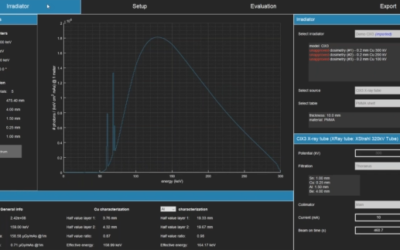PURPOSE:
To retrospectively review patterns of failure, cosmesis, and outcomes according to treatment modality of patients with histologically confirmed epithelial skin cancer.
METHODS AND MATERIALS:
The records of 468 patients having 531 lesions were analyzed; 389 basal cell carcinomas and 142 squamous cell carcinomas were treated, 167 of which were recurrent tumors. Median follow-up was 5.8 years. Electron beam irradiation was used in 19%, superficial x-rays in 60%, a combination of electron beam and superficial x-rays in 20%, and megavoltage photons in <2%.
RESULTS:
The overall local tumor control rate was 89%; it was 93% for previously untreated lesions and 80% for recurrent lesions. Patients with basal cell carcinoma had a 92% overall control rate; patients with squamous cell carcinoma 80%. Multivariate analysis showed that local failure was related to the daily dose fractionation. The maximal diameter of the lesion and pathologic tumor type were also significant (p 0.01). Treatment type, patient age, and treatment duration were not significant. Overall, 92% of the treated population with cosmesis data had excellent or good results. The overall complication rate was 5.8%, consisting primarily of soft-tissue necrosis.
CONCLUSIONS:
Radiotherapy remains an excellent treatment modality for epithelial skin cancer. Local tumor control, cosmesis, and complications are related to the size of the primary lesion. Recurrent lesions fared worse, and therefore treatment at the earliest possible stage is strongly recommended.
Locke J, Karimpour S, Young G, Lockett MA & Perez CA.







